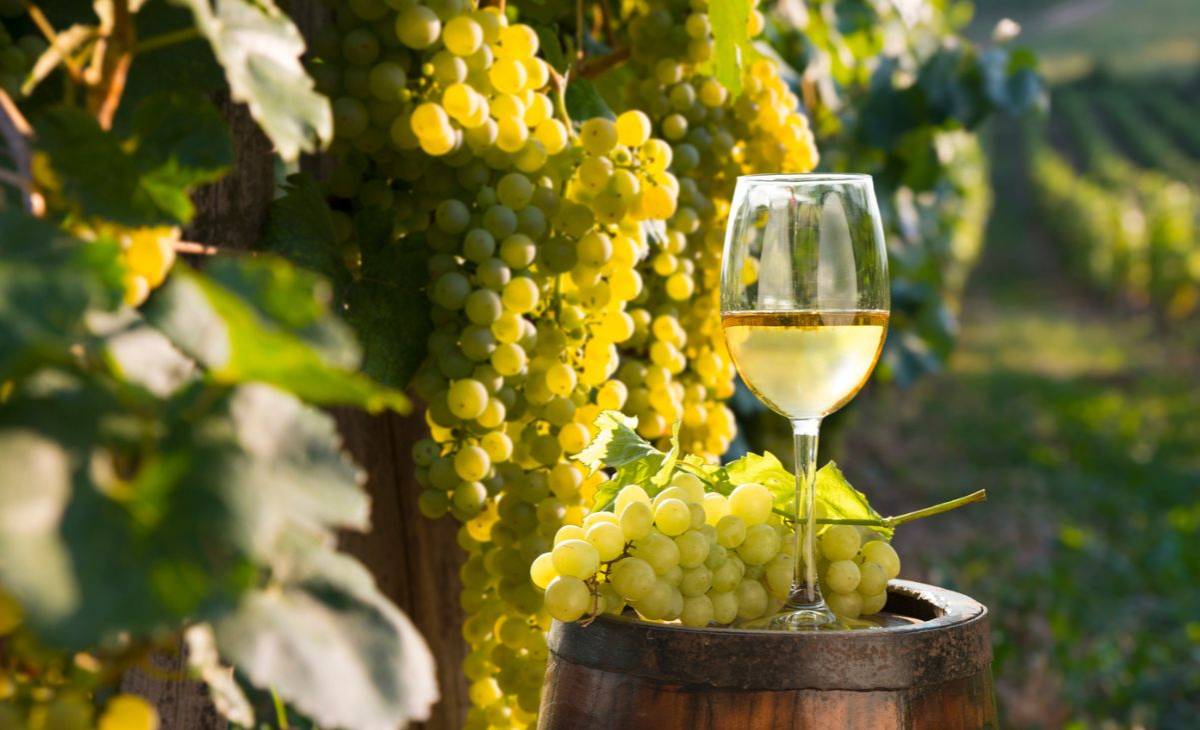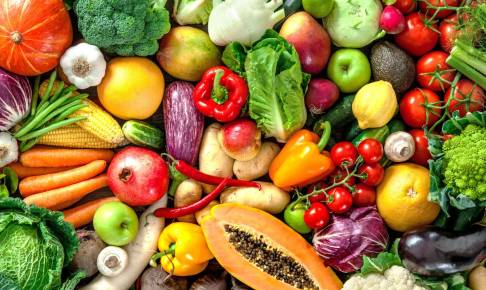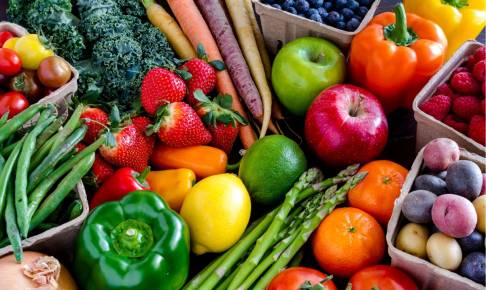Italy: some regions ask to use Chlorpyrifos, a pesticide banned in the EU
Due to Flavescence dorée, a vine disease that is killing plants in Northern Italy, some regions have asked to use -as an extraordinary measure- chlorpyrifos, a pesticide banned by the European Union in 2020 and known to have serious health consequences, especially on children. The request is currently under examination by the Italian Ministry of Health.
The leafhopper Scaphoideus titanus, which is the vector of the disease, has invaded the cultivations of grapes used to produce Prosecco, Soave, Valpolicella, and Chardonnay, particularly widespread in the Veneto Region, which holds a leadership in the sector with 638.5 million bottles sold in 2022 for a total value of 3.35 billion euros.
Considering the turnover, the Veneto Region asked the national phytosanitary department for authorization to use chlorpyrifos, declaring it as the only suitable solution to combat the leafhopper, and recalling how, already in 2021, the pesticide had been used (in derogation from the European ban) to eradicate the Asian bug in orchards. According to the Veneto Region it is possible to intervene with a single administration between the end of June and the beginning of July, many weeks before the harvest, avoiding any risk to humans.
The detractors of this solution report scientific studies which demonstrated that chlorpyrifos methyl is an endocrine disruptor, underlining that there is no minimum acceptable dose for this type of substance.
Doubts have also been expressed by the Prosecco Docg Consortium of Conegliano and Valdobbiadene which highlights how the use of existing and authorized active ingredients is the strategy to be used, as well as the need to report those who do not proceed according to the right guidelines, risking creating new outbreaks.
Inevitably, the situation got political. According to an opposition member, “Veneto is already a region submerged in pesticides, even in areas protected by Unesco: in 2021 something like 15.8 million kilograms were sold, equivalent to 3.26 kilos per inhabitant. Let's not forget that between 2010 and 2022 the area of land dedicated to viticulture has grown enormously, going from 74.897 to 101.165 hectares. The Region allowed so many vineyards to be planted, one next to the other, that a very dangerous short circuit has been created: more vineyards, more insects, more pesticides. With devastating consequences for health, starting with that of children, and for the environment and biodiversity".
Some argue that the use of pesticides should represent a practice in the phase of abandonment, both considering the goals imposed by the European Union with the Farm to Fork (which requires the overall reduction of 50% of chemical pesticides by 2030) and taking into account the requests coming from the market (e.g. organic labels are chosen by 28% of Italian consumers, this percentage goes up to 40% if we consider American consumers). According to organic producers, valid alternatives exist and have been used successfully for years among the Prosecco vineyards and beyond.
A delicate matter that must find a solution in defense of a sector acclaimed all over the world but which, at the same time, must not endanger the health of the consumers and of those who live there.
Source:






















